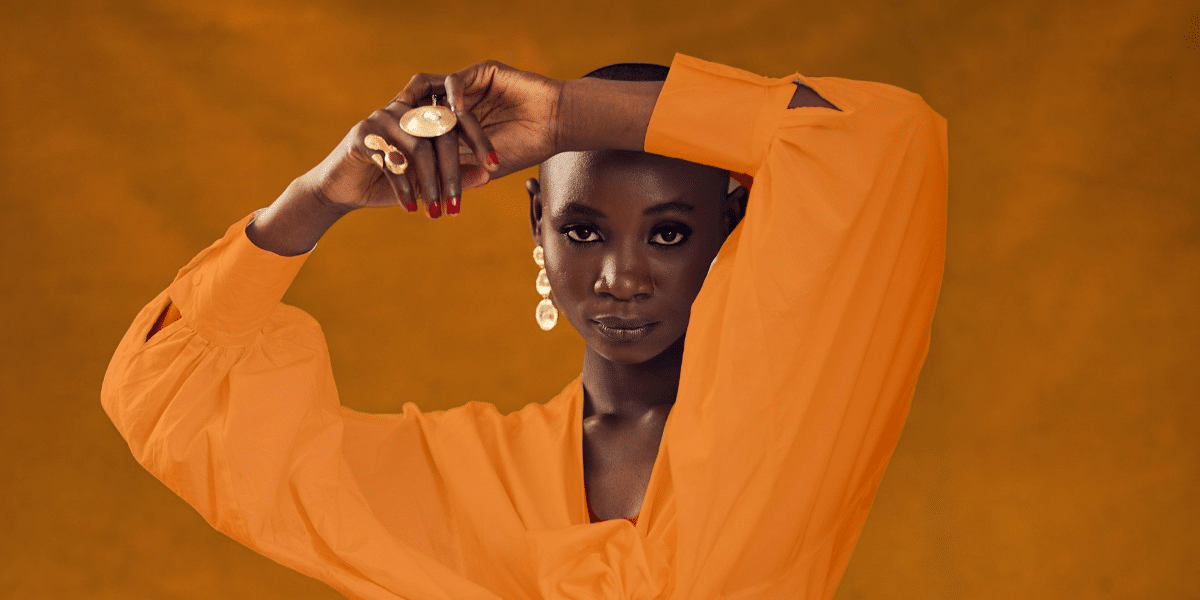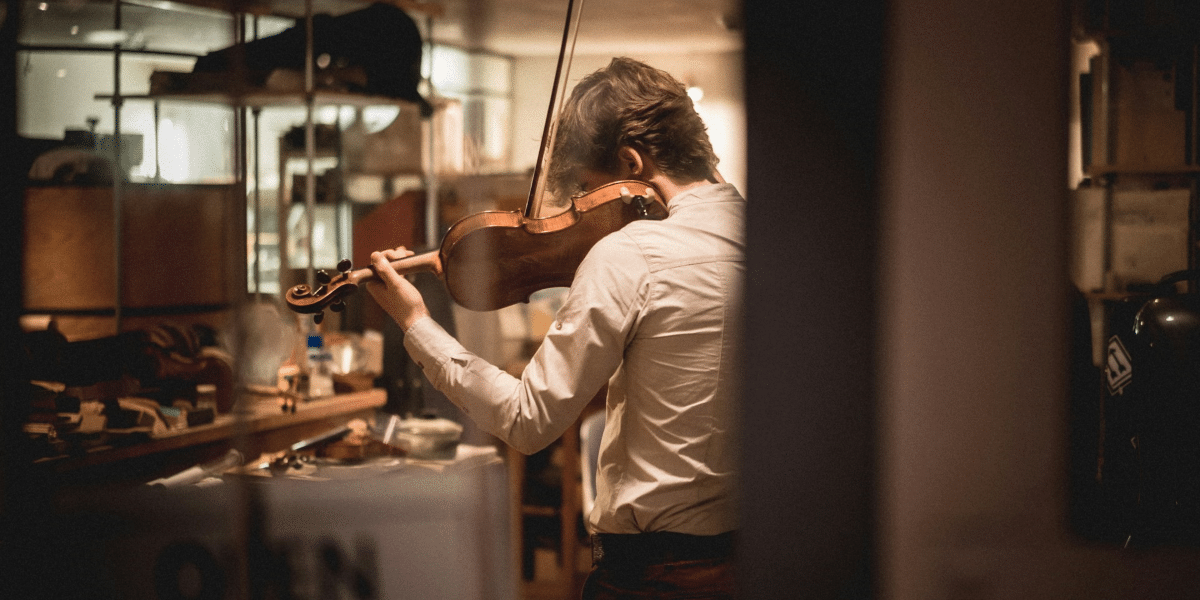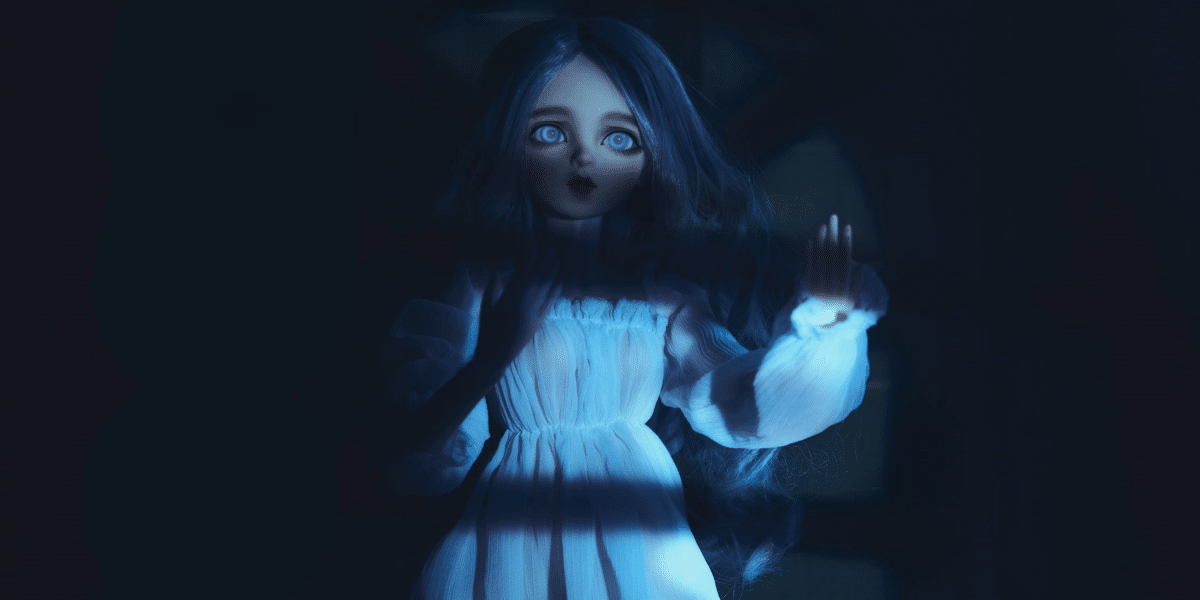Coming-of-age films have been a staple in cinema for decades, capturing the transitional period of adolescence to adulthood. These films often explore themes of identity, self-discovery, and the challenges of growing up. Over the years, the portrayal of these themes has evolved significantly, reflecting changes in society, culture, and the film industry itself. This article delves into how coming-of-age films have changed over the decades, examining the shifts in narrative style, character development, and thematic focus.
Early Depictions: 1950s and 1960s
In the 1950s and 1960s, coming-of-age films often followed a classic narrative structure with clear beginnings, middles, and ends. Films like “Rebel Without a Cause” (1955) and “The Graduate” (1967) focused on young protagonists struggling with societal expectations and personal identity. These films typically portrayed a linear progression from adolescence to adulthood, emphasizing the resolution of internal and external conflicts.
During this period, the themes of rebellion and conformity were prevalent. Protagonists often grappled with the pressure to conform to societal norms while seeking to assert their individuality. This dichotomy is evident in “Rebel Without a Cause,” where James Dean’s character navigates the turbulent waters of teenage angst and familial expectations.
The Evolution: 1970s and 1980s
The 1970s and 1980s saw a diversification in storytelling within the coming-of-age genre. Films began to explore a broader range of experiences and perspectives. Movies like “American Graffiti” (1973) and “The Breakfast Club” (1985) highlighted the varied backgrounds and struggles of teenagers. This era also saw the rise of ensemble casts, allowing multiple characters’ stories to be told simultaneously.
During these decades, coming-of-age films delved deeper into themes of identity and self-discovery. “The Breakfast Club,” for instance, brought together characters from different social cliques, forcing them to confront their preconceived notions about themselves and each other. This shift towards introspection and self-awareness marked a significant evolution in the genre.
Modern Takes: 1990s to Present
From the 1990s onwards, coming-of-age films began to prioritize realism and authenticity. Filmmakers like Richard Linklater, with his film “Dazed and Confused” (1993), focused on creating authentic portrayals of teenage life. This trend continued with movies like “Boyhood” (2014), which was filmed over 12 years to capture the genuine growth of its protagonist.
The 1990s also saw films like “Clueless” (1995) and “10 Things I Hate About You” (1999), which, while often comedic, provided a more grounded and relatable depiction of teenage life, contrasting with the often idealized or dramatic portrayals of earlier decades.
Modern coming-of-age films have also become more inclusive, representing a wider array of voices and experiences. Movies like “Moonlight” (2016) and “Lady Bird” (2017) showcase the stories of marginalized groups and explore issues such as race, sexuality, and gender identity. This inclusivity has allowed for a richer, more diverse exploration of the coming-of-age experience.
Films like “The Edge of Seventeen” (2016) and “Love, Simon” (2018) have further broadened the genre by focusing on LGBTQ+ narratives and mental health, subjects that were previously underrepresented in coming-of-age films.
Recent films have experimented with non-linear narratives and unconventional storytelling methods. “Eighth Grade” (2018) and “The Perks of Being a Wallflower” (2012) utilize unique narrative structures to depict the fragmented and often chaotic nature of adolescence. These films reflect a more complex understanding of growing up, recognizing that the journey to adulthood is rarely straightforward.
Technological and Cultural Influences
The advent of digital technology and social media has significantly influenced modern coming-of-age films. Movies like “Eighth Grade” explore the impact of social media on teenagers’ lives, highlighting the challenges and pressures of growing up in a digitally connected world. This shift underscores the importance of technology in shaping contemporary adolescence.
Films like “Searching” (2018) and “Spree” (2020) have incorporated technology not just as a thematic element but as a narrative device, reflecting the pervasive presence of digital media in the lives of young people today.
Cultural shifts over the decades have also impacted the themes and narratives of coming-of-age films. The increasing awareness of mental health, the changing dynamics of family structures, and the evolving understanding of gender and sexuality have all been reflected in the genre. Films today are more likely to tackle these complex issues head-on, providing nuanced and multifaceted portrayals of adolescence.
The rise of movements like #MeToo and the increased visibility of social justice issues have also influenced coming-of-age films, encouraging filmmakers to address topics such as consent, equality, and activism.
The evolution of coming-of-age films over the decades mirrors the broader changes in society and culture. From the classic narratives of the 1950s and 1960s to the diverse and authentic stories of today, the genre has continually adapted to reflect the realities of growing up. As society continues to evolve, so too will the coming-of-age film, offering new perspectives and insights into the timeless journey from adolescence to adulthood.







